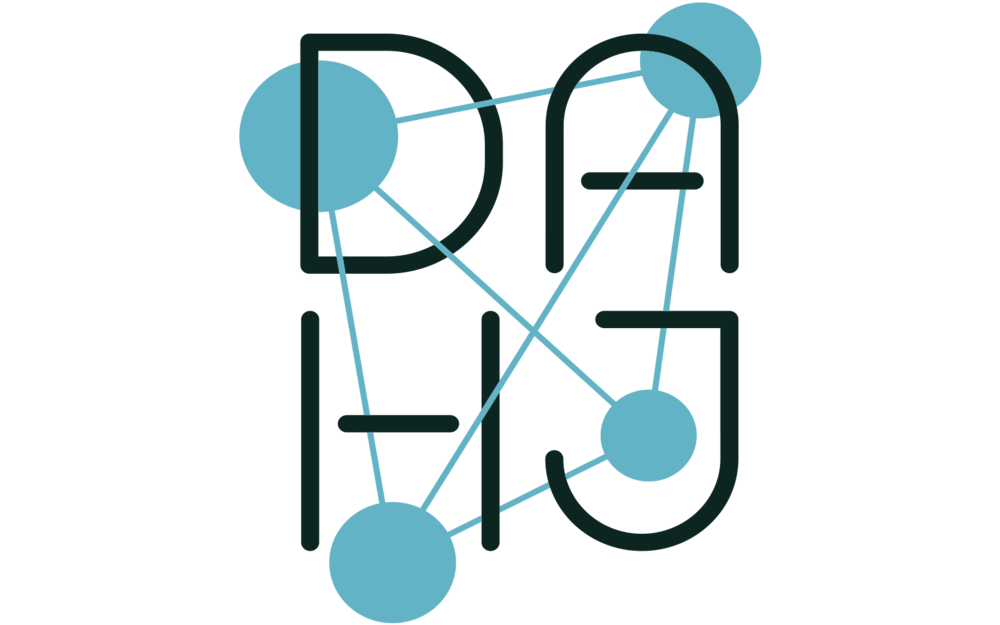WATER PANORAMA SERIES
The DAHJ premieres "Rostock Regression," a new work by Greg Niemeyer in his Water Panorama Series. The data visualization music video shows the change in sea water levels between 1855 and 2019, starting in the middle, 1937, when his father was born. The rhythmic and impressionistic plotting of these sea levels over nearly two minutes was a key part in a talk he gave about Otto Niemeyer-Holstein (ONH).
The digital gallery also features another work from the Water Panorama Series, entitled “Flows to the Bay.” In this work, Niemeyer sonified and visualized a year’s worth of water data (2020) from his home town, Richmond CA as a short video. He combined the data manifestations with a long 360˚ pan he filmed at the West County Water District Treatment Plant in Richmond.
Read more about Greg Niemeyer and see more of his work in one of our previous DAHJ digital galleries.
Rostock Regression
In "Rostock Regression" Niemeyer explores two perspectives on a time series: The idea that we are always in the middle of data streams, and the idea that we can listen to a data stream and its linear regression at the same time.
The first idea situates viewers where they can both remember the past and imagine the future. If we shift the entry point into the past, we can observe the relative past and the relative future in a kind of "temporal stereo". This perspective supports an imagination of the future which is on par with our awareness of the past. Walter Benjamin's comment about historians and fortune tellers was the inspiration for this work.
The linear regression is a best-fit line for a time series. Sea water levels are very "noisy" because the tide cycles and storms produce sea water level changes which are immediately more apparent. Hidden in these dramatic changes we can find the linear regression, which, over centuries, shows a steady rise in sea water levels due to global warming.
Flows to Bay
Flows to Bay tells the story of how much water a community of about 100,000 people used in the year 2020. It was a historic and difficult year for all, but also a year of resilience.
The West County Water Treatment Plant near San Francisco, CA cleaned all their wastewater before letting it out into the San Francisco Bay. Niemeyer recorded video of the site, collected all the wastewater data, and generated data visualizations and sonifications. The finished video was first shared at the Water Webinar hosted by Christel Stalpaert from Ghent University.
She asked: "In what way can art make us see, feel and think differently? Greg Niemeyer visualizes data through sound. Flows to Bay is a sonification of three related data streams: Sea water levels, sewage, and rain in a particular city. Converting data into music establishes a poetic view of the data. This may not stop the next drought or flood, but it emphasizes a human interconnectedness with water through an auditory experience.”
Seeing water in new ways is essential to Niemeyer. Since 1990, he has photographed the courses of rivers and other waterways, but today, he says, water matters in a different way. "Water is the executive branch of climate change, it's essence and it will be our doom, if we don't get it. Droughts, floods, blizzards, fires: all are about water being in places where it is normally not. So we must pay attention to water in new ways to successfully connect with climate change. We need to learn the language of water, and I see networks, data and sonifications as a hopeful start."
What is Sonification?
The data is shown in the video as line graphs. The sound is also made from that data through Sonification, which means to make data into sound. Just like notes tell a musician what tone to play when, we can use water usage data to tell a computer what tone to make when. In this case, we have water usage data for every hour of the year 2020, so 8784 notes (because 2020 was a leap year and had 366 days).
Since the video was going to be 5 minutes long, Niemeyer knew to play all these notes in 5 minutes, or about one every 30th of a second. Niemeyer then mapped each water usage data point to a note, with lower notes for less usage and higher notes for high usage.
He then used a computer synthesizer to play those notes, but rather than pressing 8784 keys, he wrote a program to make the sounds. He did similar things with the tide data for the foghorn sound and with the daily water consumption data for the bell sounds. Anyone interested in how to do this can look at the sound library at processing.org to make their own data songs.
More information about the work and artist at: https://www.gregniemeyer.com/
